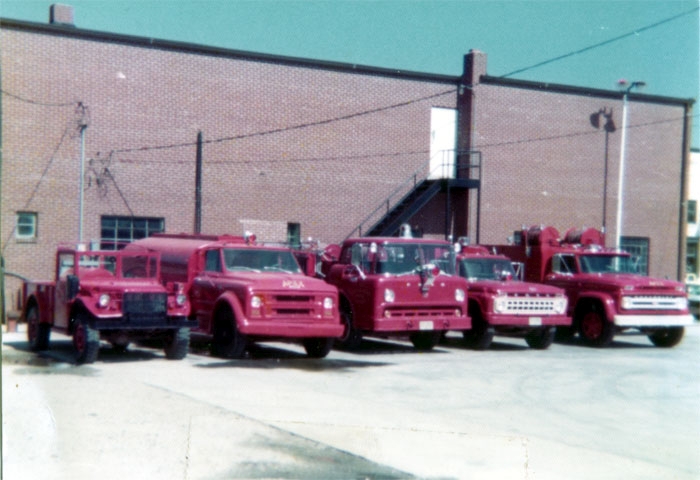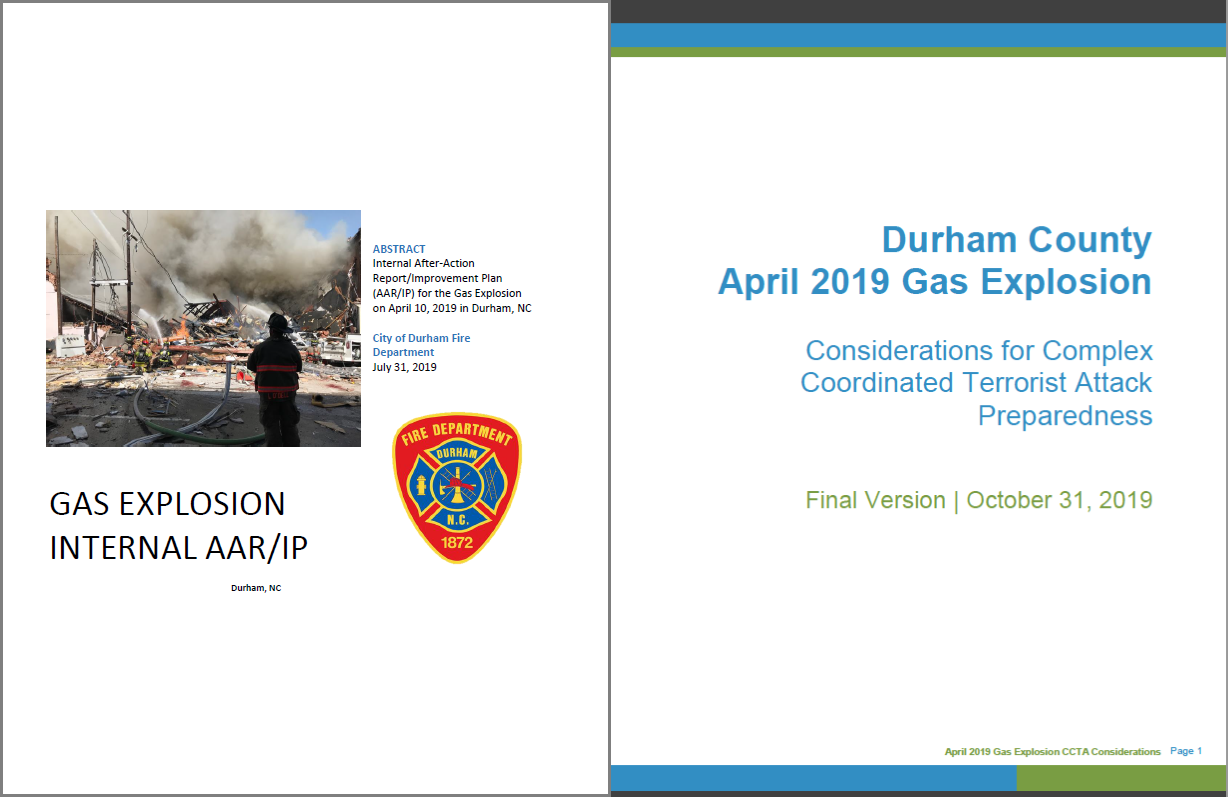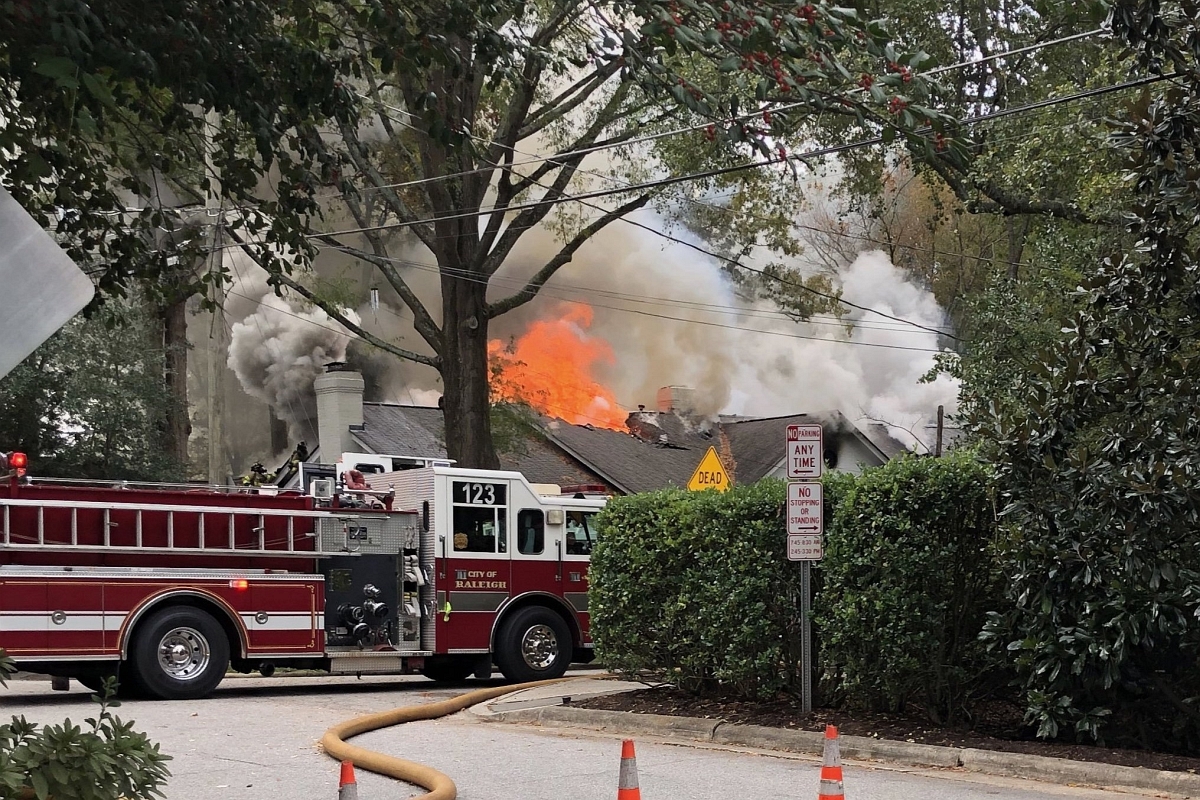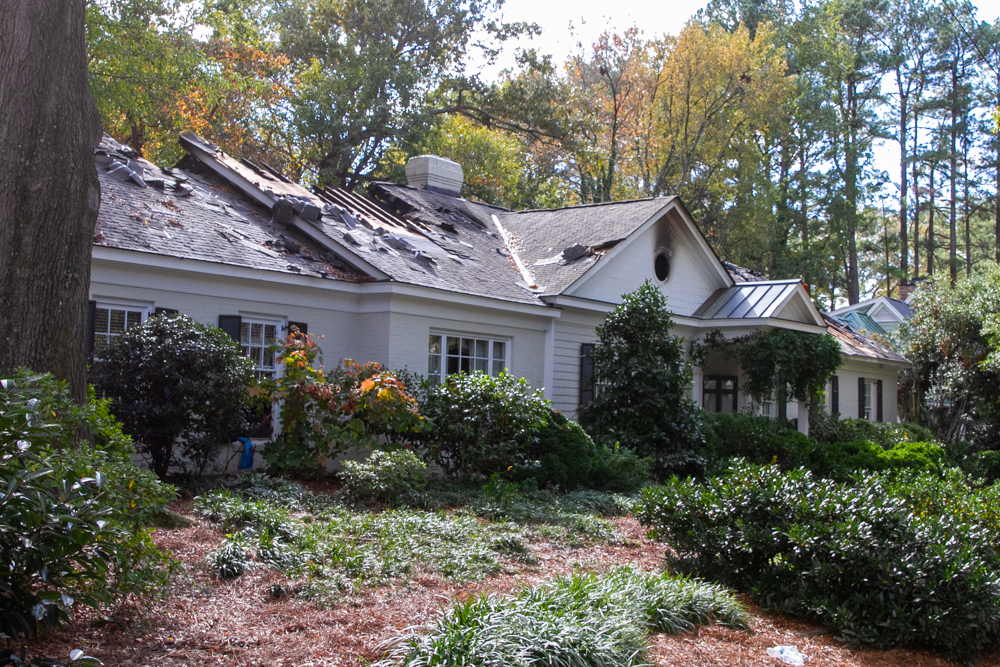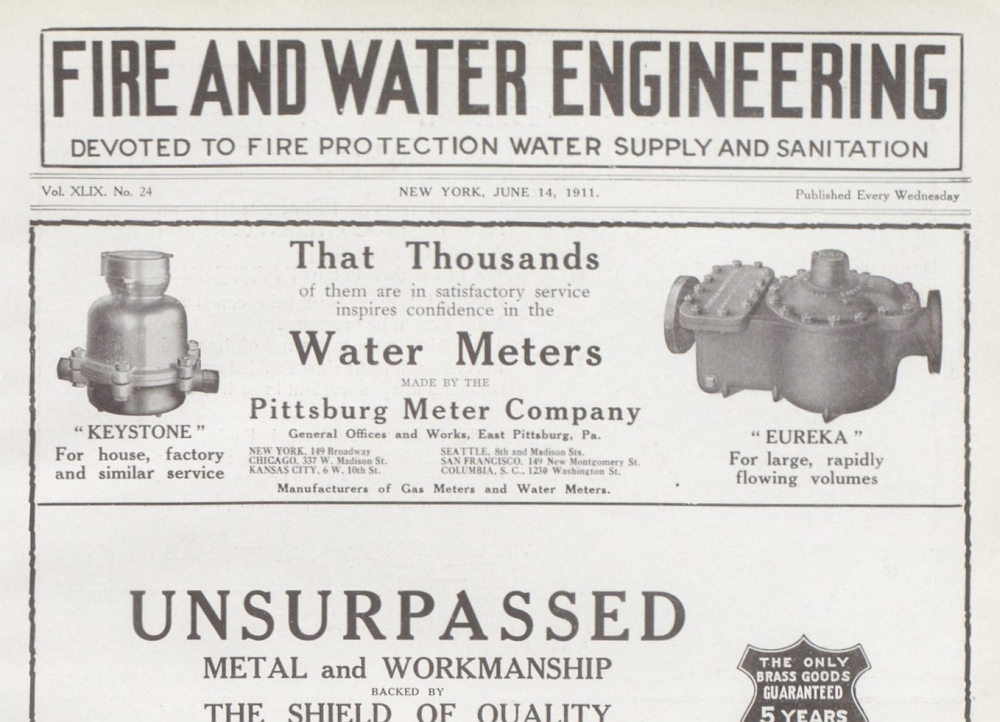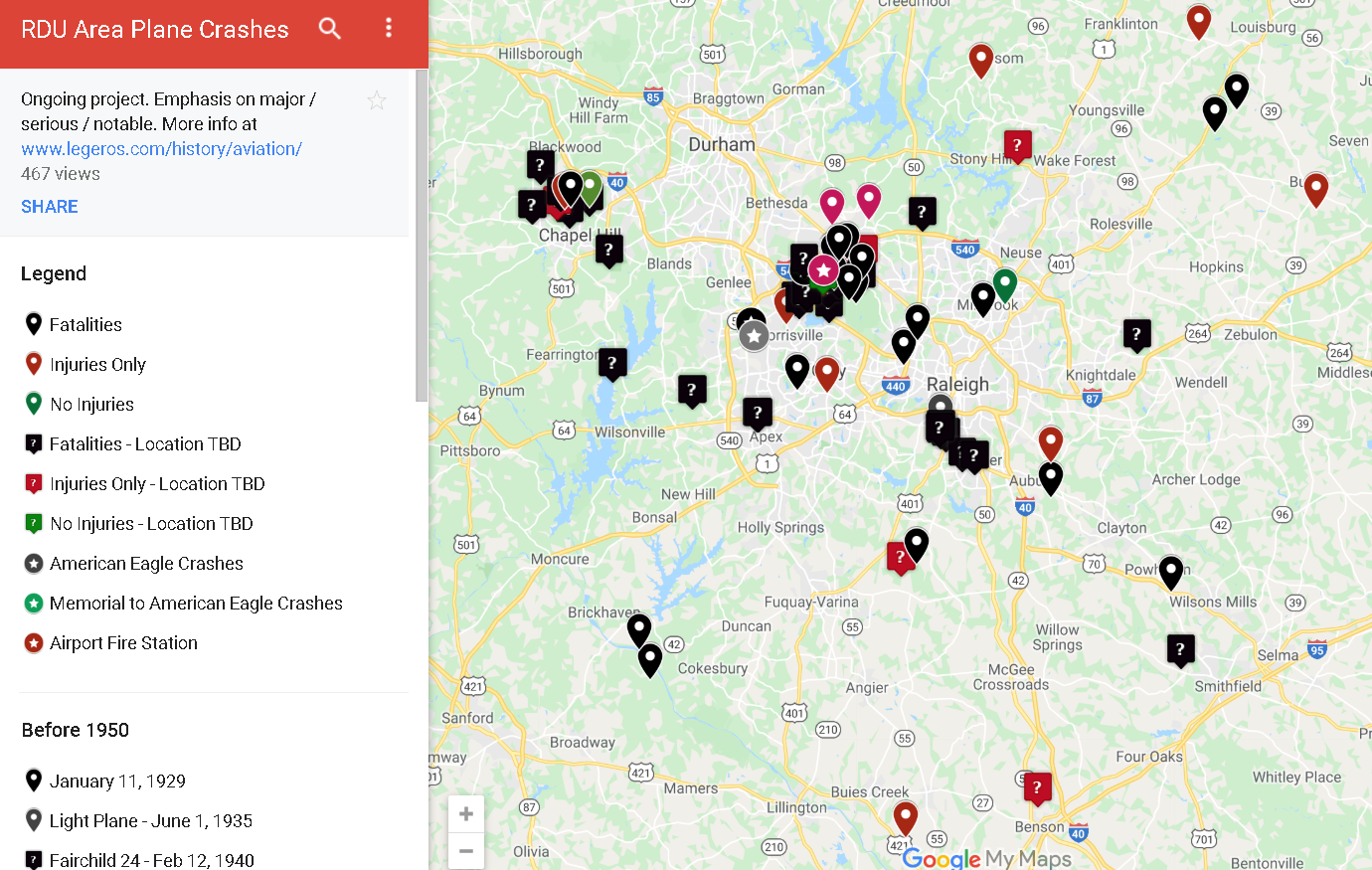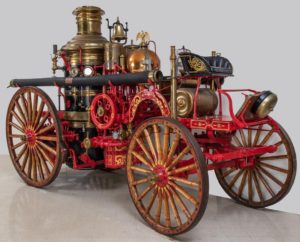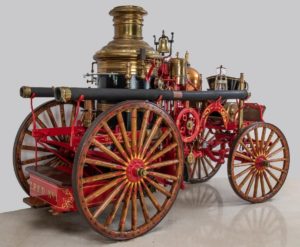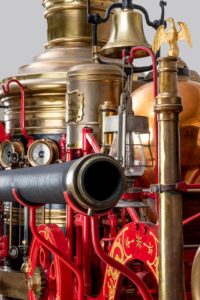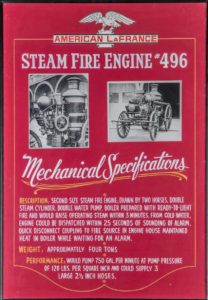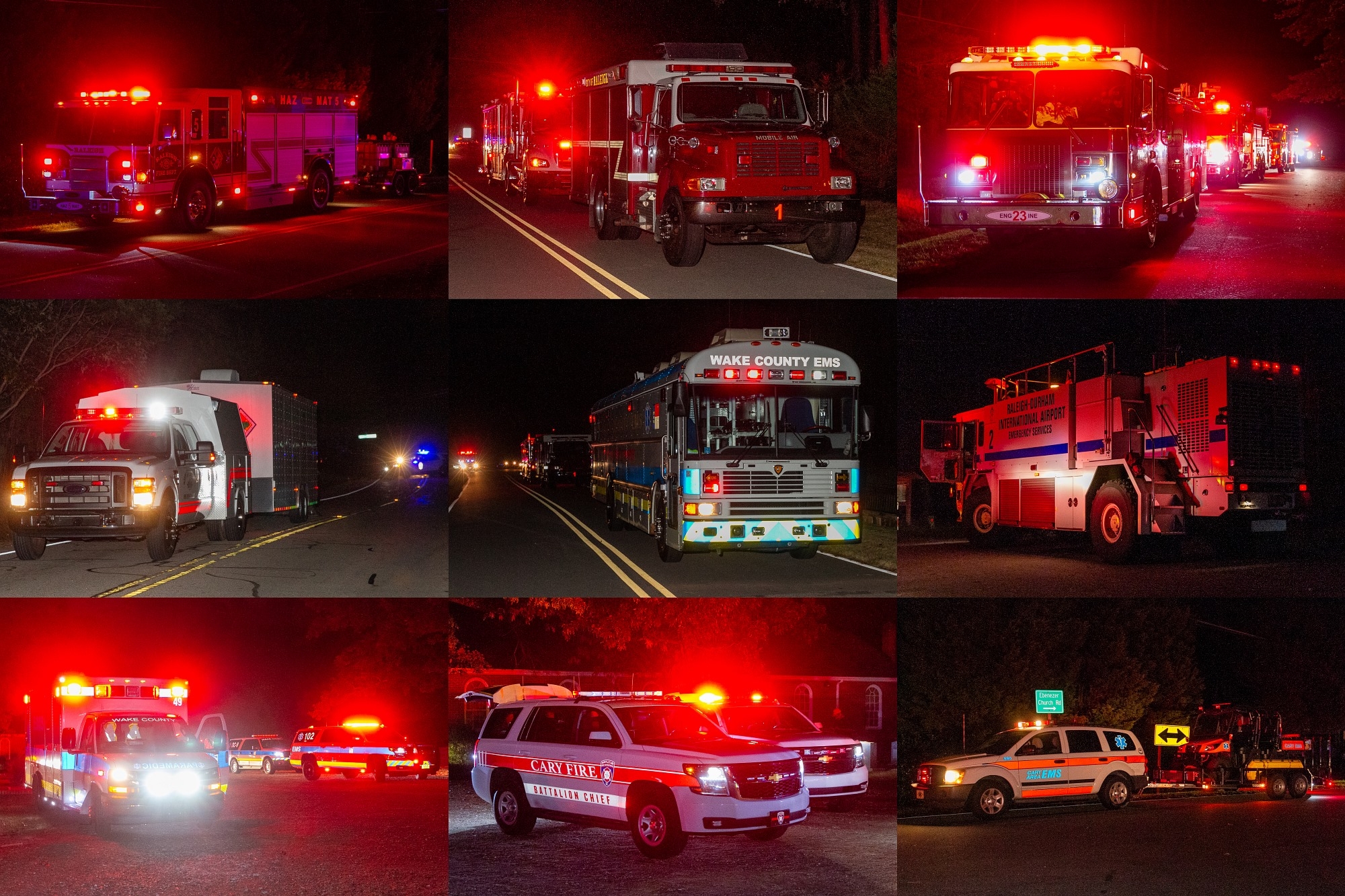This was originally posted to Legeros Fire Line as a Facebook posting.
Who’s the new Car 1 in Raleigh, following the retirement of Chief McGrath on [November 1]? Last week, interim Chief of Department was announced as… drum roll… retired Asst. Chief Brad Harvey. More on Chief McGrath’s retirement in a moment.
Chief Harvey came out of retirement earlier this year, to serve as interim Fire Chief for the Town of Carrboro. He’ll be starting his duties later this month.
Bradley R. Harvey retired in 2017 as the Asst. Chief of Operations, with 27.8 years of service. He’s a graduate of Appalachian State University and the National Fire Academy, where he completed the Executive Fire Officer program in 2012. Read a short profile of Chief Harvey on Page 3 of the Winter 2018 issue of the Raleigh FD Newsletter: www.raleighfirenews.org/pdf/2018-vol1.pdf
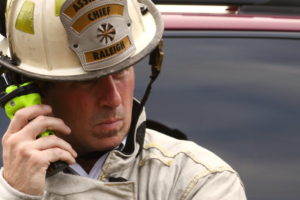
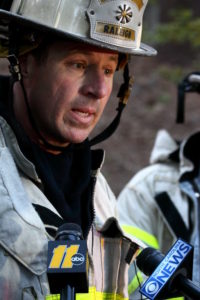
Mike Legeros photos
Fun fact, Chief Harvey is fourth Raleigh FD member connected with Carrboro’s command staff. Retired Asst. Chief Rusty Styons (1980-2008) served as Carrboro’s Interim Fire Chief in 2015. Former Raleigh Captain William “Trey” Mayo (1996-2006) was Deputy Chief at Carrboro from 2006 to 2010, along with former Fire Protection Engineer Travis Crabtree (1997-2005), who served as Fire Chief from 2005 to 2015.[1]
Congrats Chief. Welcome back.
And see below for some other “chief connections”.
Retirement of Chief McGrath
City of Raleigh Fire Chief John T. McGrath retired on October 31, 2019. He was the city’s sixteenth career fire chief, and second longest-serving, and retired with 13.8 years of service. During his tenure, from 2006 to 2019, the department grew in size, from 26 to 28 fire stations, and from 549 to 621 authorized positions. (And a budget from $42.7M to $65.6M.)
Among the organizational accomplishments: three new fire stations opened (one was a relocation), three fire stations completely remodeled, and two more new stations under construction (relocation and rebuild). Two ladder companies added, a fifth battalion added, and a restructuring of rescue resources that added two squad companies and a five-person heavy rescue.
His department expanded the staff of the fire marshal’s office from 21 to 37, as well as adds in Services and Training. There were extensive improvements in Operations, including new equipment and apparatus, and new policies and procedures. (Water supply, portable monitors, etc.) These and other upgrades helped the city receive its first ISO Class 1 rating in 2016.
Read more in this 2006 to 2019 retrospective of the Raleigh Fire Department, in this blog post: legeros.com/blog/raleigh-retrospective-2006-to-2019/
Other Chief Connections
And there many, many other “chief connections” between Raleigh and other departments.
Mr. Mayo, for example, is now the Fire Chief in Winston-Salem. And, closer to home, four, count ’em four, Raleigh members have served as Fire Chief in the Town of Cary. Here’s a blog post about them: legeros.com/blog/carys-new-fire-chief/
That could be a fun project. Big honkin’ cross-department family tree, connecting Raleigh members with any/all departments, where they worked before or later, or have volunteered, or led as a chief officer, or… [2]
Footnotes
[1] Need to check my dates for Crabtree. He may have started earlier than 2000. [Correct, he started in 1997.] Also, that’s Mayo not Meyo. I have misspelled it before.
[2] We’d start in Johnston County maybe, then work our way in Wake County. Let’s see… 50-210 FD… Antioch FD… Swift Creek FD… Fairview FD… etc.

